Are Dental Bridges Painful? What to Expect
Dental bridges are a popular and effective solution for replacing one or more missing teeth. They help restore your smile, improve chewing, and maintain facial structure. But if you’re considering getting a dental bridge, you might be wondering: Are dental bridges painful? What should you expect before, during, and after the procedure? This blog answers these common questions and helps you understand the process, so you can feel confident about your dental care journey.
What Is a Dental Bridge?
A dental bridge is a fixed dental restoration that literally “bridges” the gap created by one or more missing teeth. It consists of two or more crowns on the teeth adjacent to the gap — called abutment teeth — with artificial teeth (pontics) in between. Bridges can be made from porcelain, ceramic, metal, or a combination of materials.
Is Getting a Dental Bridge Painful?
The short answer is: Most patients experience minimal discomfort, but not severe pain. Here’s what to expect:
- During the Procedure
The process usually involves two or more visits to your dentist.
- Tooth Preparation: The abutment teeth are reshaped to fit the crowns. This step involves removing some enamel, which may cause mild sensitivity but is done under local anesthesia, so you shouldn’t feel pain during the actual procedure.
- Impressions: Your dentist takes impressions of your teeth to create a custom bridge.
- Temporary Bridge: A temporary bridge protects your prepared teeth until the permanent one is ready.
Most patients report feeling pressure rather than pain during tooth preparation. If you experience any discomfort, communicate with your dentist immediately—they can adjust anesthesia or technique to keep you comfortable.
- After the Procedure
Once the anesthesia wears off, you might experience some mild soreness or sensitivity around the prepared teeth and gums for a few days. This is normal and typically manageable with over-the-counter pain relievers and gentle oral care.
What Causes Pain or Discomfort With Dental Bridges?
While dental bridges are generally well-tolerated, some factors can cause pain or discomfort:
- Tooth Sensitivity: After enamel removal, exposed dentin can make teeth sensitive to hot, cold, or sweet stimuli temporarily.
- Gum Irritation: The gums around the abutment teeth might feel sore as they adjust to the new bridge.
- Bite Issues: If the bridge doesn’t fit perfectly, you might experience discomfort while chewing or biting.
- Decay or Infection: If the abutment teeth are weakened or decay develops under the crowns, pain may arise later.
How to Minimize Discomfort With a Dental Bridge
- Follow Post-Procedure Instructions: Your dentist will provide guidelines for eating, oral hygiene, and medications—stick to them for faster healing.
- Use Pain Relievers: Over-the-counter options like ibuprofen or acetaminophen can reduce soreness.
- Avoid Hard or Sticky Foods: For the first few days, steer clear of foods that could dislodge or irritate your temporary bridge.
- Maintain Good Oral Hygiene: Gently brush and floss to keep the area clean and prevent infections.
- Attend Follow-Up Visits: Your dentist will check the fit and function of your bridge and make adjustments as needed.
When to Contact Your Dentist
While mild discomfort is normal, certain symptoms indicate a need for professional care:
- Severe or prolonged pain not relieved by medication.
- Swelling, bleeding, or pus around the bridge area.
- Difficulty chewing or biting.
- A loose or broken bridge.
- Signs of allergic reaction such as itching or rash.
Timely intervention can prevent complications and ensure the longevity of your dental bridge.
What to Expect Long-Term With Dental Bridges
After the initial healing phase, most patients enjoy pain-free function with their dental bridges. Bridges can last 5 to 15 years or longer with proper care.
Regular dental checkups are important to:
- Monitor the health of abutment teeth and gums.
- Clean hard-to-reach areas around the bridge.
- Address any early signs of problems.
With good oral hygiene and dental care, dental bridges can restore your smile comfortably and effectively.
Conclusion
Are dental bridges painful? Generally, no—while you may experience mild discomfort or sensitivity during and after the procedure, severe pain is uncommon. Modern dental techniques and anesthesia make the process comfortable for most patients.
Understanding what to expect can ease anxiety and help you prepare for the treatment. Always communicate openly with your dentist about any pain or concerns. With proper care, a dental bridge can be a durable and painless solution to missing teeth, helping you smile confidently again.

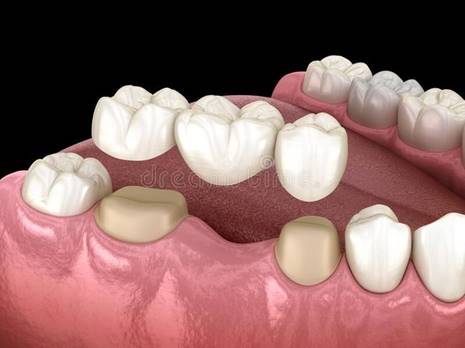
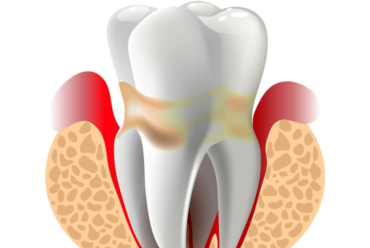
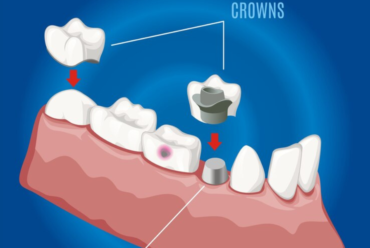
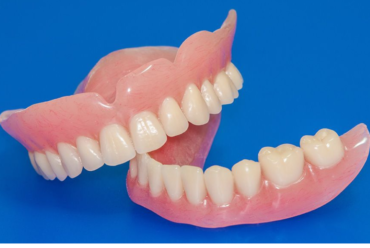
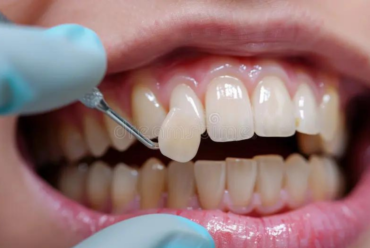
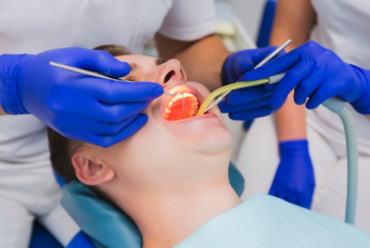
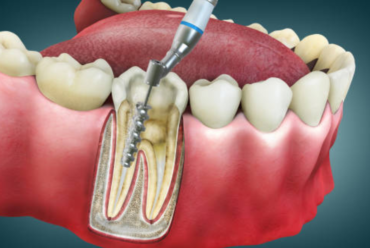
No Comments